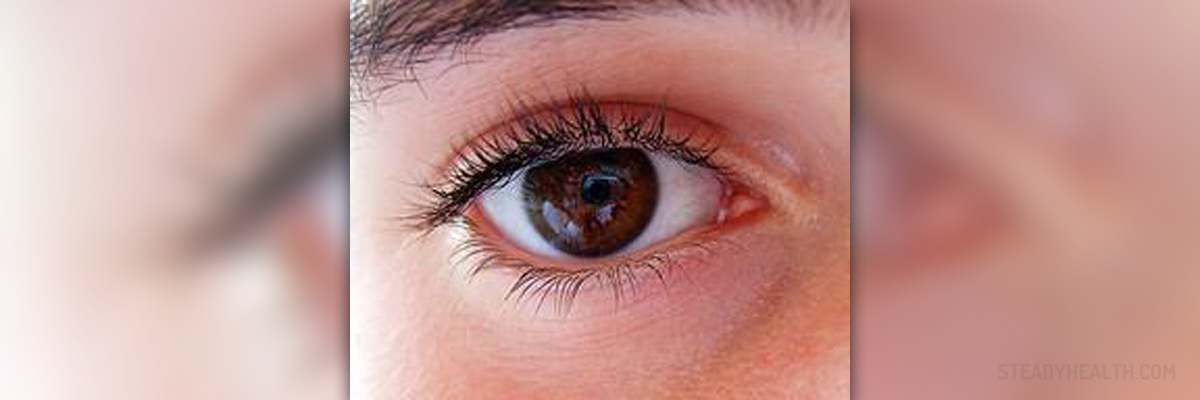
With the miracles of modern medicine, patients can have their vision restored even after years of blindness. Moreover, the methods of achieving this are quite extraordinary, since, in the US, a 60-year-old Sharon Thornton had her eyesight restored through her tooth. This complicated procedure called modified osteo-odonto-keratoprosthesis, recreated the environment from the mouth onto the eyes, restoring the previous wetness and tears the patient lacked. Along with these changes, the vision of the patient came back, opening new doors, both for Thornton and for medicine together.
The Procedure
The operation performed on Thornton was not a simple one. Rather, it was divided into 3 different phases. First of all, a tooth was removed and an implant of her dental tissue was prepared to be used on the damaged eye. Basically, the cornea was made from the dental tissue, replacing the damaged one and restoring the power of sight to the patient.
Next, a part of the cheek was taken from the patient in order to become the mucous tissue around the pupil. Then, a different tooth was made and placed in where the previous one was, in order to hold the artificial lens in place.
The complexity of the procedure was necessary, since the patient was suffering from a rare disease called the Stevens-Johnson syndrome. Since all other approaches to solving this problem were useless, this procedure was the only way.
Even though many people find it hard to believe that a tooth is used in order to treat an eye problem, this was the case here. Moreover, due to the fact that the implant contained cheek and tooth tissue, the chances of the patient's organism rejecting it were minimal. Also, if the cornea was supplied from a donor, the chances of rejection would be incomparably greater as well.
The Gift of Sight
After the surgery, the vision returned to about 20/70. Even though this might seem little, the recovery will bring a new increase. So, even though Thornton cannot drive yet, she can enjoy the sky, watch TV and see many other things.
However, the procedure takes its toll on the aesthetic appeal of the patient, leaving the missing cheek tissue visible. Also, the eye of the patient looks a bit abnormal, even though the surgeons claim that this will be taken care of once the recovery period is complete.
This procedure has been performed many times, with remarkable success. Even though it originated in Italy, it was practiced all over Japan, England and the US, even though the US is yet to discover the true potentials of this approach.


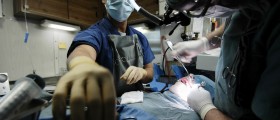
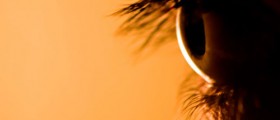





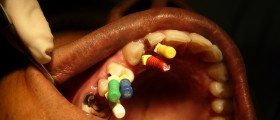
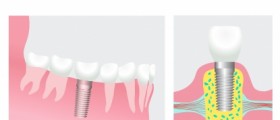



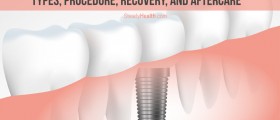


Your thoughts on this
Loading...